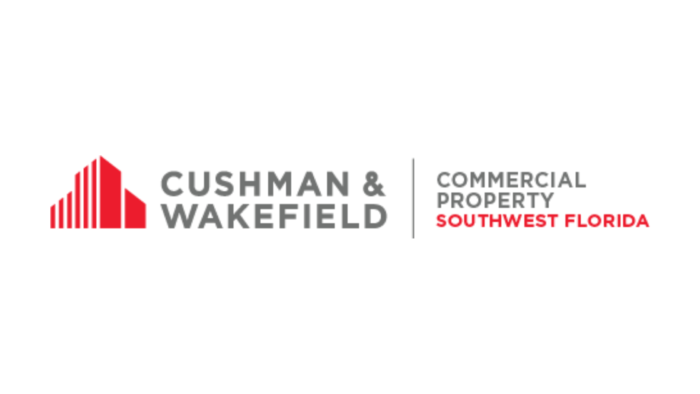Besides being familiar with the commercial real estate market in general, a commercial real estate advisor is responsible for knowledge of specific property and safety issues. These issues are critical to the seller/lessor, the buyer/lessee and to the commercial real estate advisor (as the intermediary). The advisor must be aware of the fire and security arrangements for each property. Does the retail facility have a silent alarm? What type of security personnel are employed there? What kind of sprinkler system is installed? Do previous safety or security problems exist?
In addition to these common safety issues, also consider these four important concerns:
1) underground storage tanks;
2) the presence of asbestos insulation or fireproofing;
3) electrical transformers containing polychlorinated biphenyls (PCBs);
4) soil and groundwater contamination.
Each state has individual legislation regarding regulations of underground tanks and federal law plays a small part in the regulations too. Underground storage tanks present a potential liability for both buyer and seller. The owner of the property will know if there is or has been a tank on the property and it is the duty of the commercial real estate advisor to discover this fact and disclose it to the buyer/lessee.
Many building owners over the last two decades, concerned about liability for asbestos-related claims have considered removing all asbestos materials in a building. However, the difficulty in removing asbestos can create even greater risk and liability.
Asbestos has been highly regulated over the years. In 1973, regulations were passed banning the use of spray-applied asbestos materials (as building insulation or fireproofing) with the exception of use for equipment and machinery. Buildings that were built before this ban have a potential problem. The EPA’s (Environmental Protection Agency) regulations on asbestos apply to owners and operators of asbestos emission sources. This includes building owners. The face liability from a disclosure standpoint is in selling the property and from a safety standpoint with regards to employees; tenant and maintenance workers.
Polychlorinated Biphenyls, commonly known as PCBs, are present in electrical equipment, including capacitors and transformers. Many retail buildings have transformers located in basement or sidewalk vaults or on rooftops. Institutional light fixtures may also contain PCBs.
In 1979, the EPA placed restrictions on the use of equipment containing PCBs. Responsibility for compliance with these rules lies with both the owner and the operator of the equipment. The owner of the property on which the equipment is located also can be held responsible. This is significant because transformers owned by an electric utility are often located in or adjacent to the building they serve. Therefore a building owner who merely uses utility-owned transformers or owns property on which they are located may be held liable for any personal injury or property damage resulting from the PCB.
There are clear guidelines for the management of soil and groundwater contamination. It is important to keep in mind that hazardous waste is not limited to heavy industrial sites only. Mixed-use facilities; light industrial; warehouse and distribution centers; even parking lots can be areas that have hazardous waste problems. Under existing regulations a landowner may be liable for “unauthorized disposals” of hazardous waste on their property. This includes any discharge; dumping; pouring or spilling; emitting or leaking of any type of waste. The EPA has the authority to order a clean up. A property owner may be responsible for cleanup costs regardless of whether he/she owned the property at the time of the release; knew about the contamination or negligently caused the contamination. Both the seller and buyer may be subject to a cleanup order if the property is contaminated, regardless of who was directly responsible for the contamination.
The commercial advisor must remember that potential liabilities may be addressed in the sale or lease contract. However, it’s extremely important to have thoroughly investigated and disclosed the environmental history, condition and use of the property prior to completion of the transaction.
Liability for cleanup can be both expensive and retroactive and because of these facts – buyers, sellers, landlords and tenants need to know if there is contamination and to what extent. Without such an assessment, sellers risk liability for any wastes generated by future owners and tenants. Buyers may be responsible for a seller’s or tenant’s contaminations and tenants may be liable for an owner’s or prior tenant’s contamination.
Your commercial advisor will take the following steps to protect everyone:
1) He/she will thoroughly investigate the property, its history and current use.
2) Document and disclose everything.
3) Use a restrictive covenant if necessary. A restrictive covenant restrains land uses that may cause harm, such as drilling, excavating and/or building.
4) Determine financial responsibility within the sales agreement (put it in writing). The commercial advisor may allocate costs associated with contamination known at the time of sale, costs associated with contamination existing at the time of sale (but not discovered until later), costs associated with contamination caused by the buyer or successors and costs associated with contamination of uncertain origin.
This will not limit the parties’ obligation to the government or third parties. However it will help them understand their obligation to each other. Everyone involved in a commercial transaction relies on the commercial advisor’s ability to structure a transaction that is mutually beneficial to everyone. A good commercial real estate advisor will fulfill this function by having up-to-date knowledge regarding safety and environmental concerns then communicating that information to all parties concerned.
